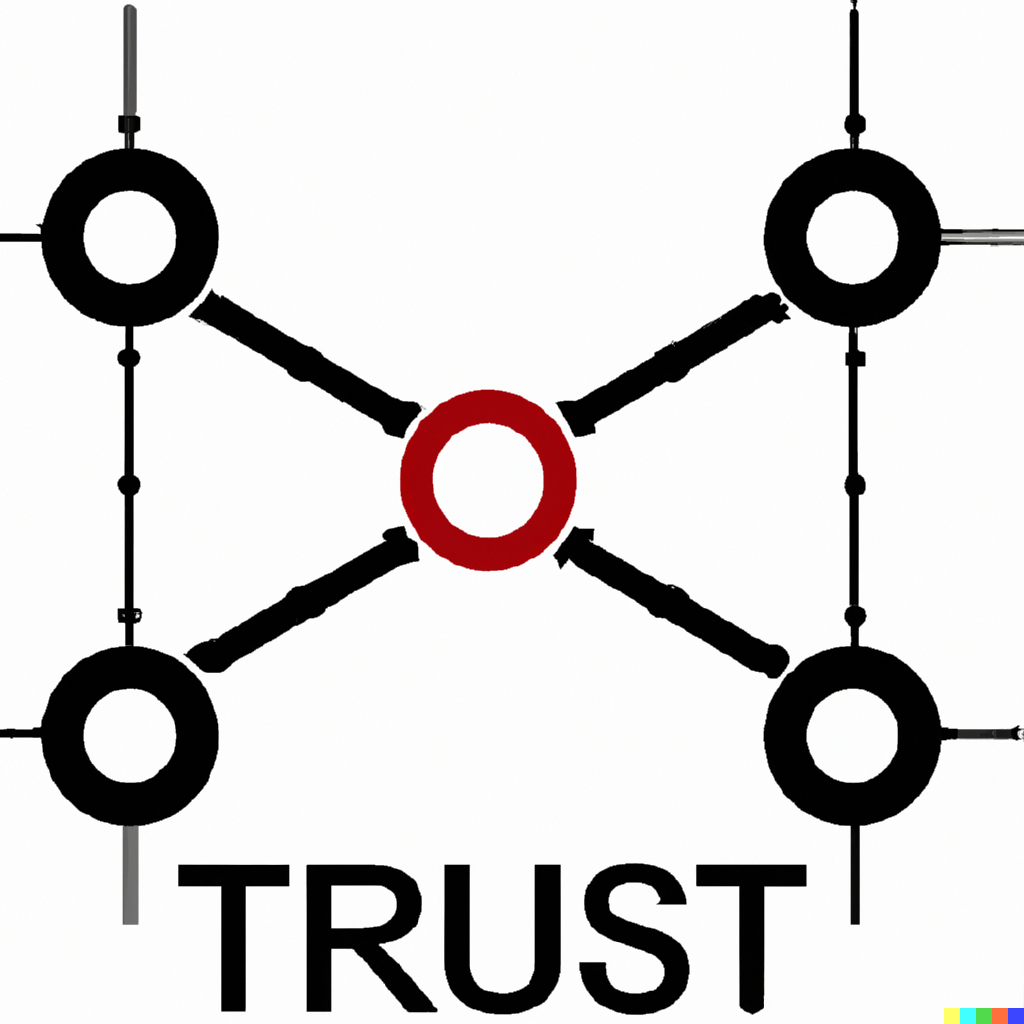Introduction: In an era of ever-evolving cyber threats and sophisticated attacks, traditional security measures are no longer sufficient to protect sensitive data and critical systems. Enter zero trust, a revolutionary security concept that challenges the traditional “trust but verify” approach. In this blog post, we’ll delve into the world of zero trust, its core principles, and why it’s becoming a game-changer in today’s digital landscape.
-
Understanding Zero Trust: Zero trust is a security framework that operates on the principle of “never trust, always verify.” It assumes that no user, device, or network component should be inherently trusted, regardless of their location or network connection. Instead, zero trust promotes a comprehensive, multi-layered approach to security that focuses on identity verification, continuous monitoring, and strict access controls.
-
Core Principles of Zero Trust: a) Identity-Centric Security: Zero trust revolves around strong user authentication, relying on factors like multi-factor authentication (MFA) and biometrics to verify user identities accurately. b) Least Privilege: This principle ensures that users and devices are granted the minimum necessary privileges to perform their tasks, limiting potential damage in case of a compromise. c) Micro-Segmentation: Zero trust advocates for the segmentation of networks into smaller, isolated segments, making it more difficult for an attacker to move laterally. d) Continuous Monitoring: Zero trust emphasizes real-time monitoring of network traffic, user behavior, and device health, enabling rapid detection and response to potential threats.
-
Benefits of Zero Trust: a) Enhanced Security: By eliminating the notion of implicit trust, zero trust provides a higher level of security against insider threats, lateral movement, and compromised devices. b) Improved Compliance: Zero trust aligns with regulatory compliance requirements, such as GDPR and HIPAA, by enforcing strict access controls and continuously monitoring data access and usage. c) Agility and Scalability: Zero trust can adapt to dynamic environments and evolving business needs, enabling organizations to scale their security measures without disrupting operations.
-
Implementing Zero Trust: While transitioning to a zero trust model requires careful planning and execution, organizations can follow a phased approach: a) Assess your current security posture and identify vulnerabilities and potential areas of improvement. b) Prioritize the implementation of strong identity and access management (IAM) controls, such as MFA and privileged access management (PAM). c) Segment your network and enforce strict access controls based on user roles and device trust levels. d) Leverage automation and artificial intelligence (AI) for continuous monitoring, threat detection, and response.
Conclusion: Zero trust is not just a buzzword; it represents a paradigm shift in cybersecurity that aligns with the evolving threat landscape. By adopting a zero trust approach, organizations can proactively protect their digital assets, prevent unauthorized access, and mitigate the potential impact of security breaches. Embrace the power of zero trust and fortify your defenses against the ever-present risks of the digital world.
